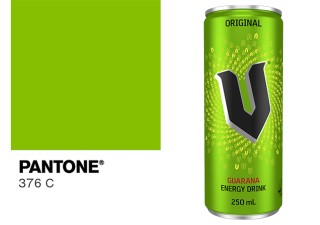There have been hundreds of judgments on so-called “colour trademarks,” such as the decisions in Beijing supporting John Deere’s claim of infringement of its colour combination trademark for protection the “green chassis, yellow tyres” tractor in 2013, and in Guangdong province supporting a famous Chinese battery brand owner’s claim of trade dress unfair competition against a competitor in 2014. The latest version of the trademark law provides in Article 8 that “any mark, consisting of words, devices, letters, numbers, three-dimensional marks, combined colours, sounds, etc, or the combination of said factors, that can distinguish the goods of a natural person, legal person or other organization from those goods of others, can be applied as a trademark for registration.”
“Colour combinations have been registrable as trademarks from 2001,” said Yang. “Such amendments aim to protect the interest of the market participants, which successfully established the fixed connection between the colour combination and their products, and to stop possible confusion in the market, which would be beneficial to consumers.”
This view is supported by Jason Gong, a partner at East & Concord Partners in Beijing, who said that since the 2001 reversion of trademark law came into effect on December 1, 2001, a combination of colours can be used and registered as a trademark.
“However, this kind of application has been usually refused on the grounds that the trademarks as such lack distinctiveness and fail to identify the applicant as the definitive source of the product by the relevant public,” said Gong. “As a result, few colour combination trademarks are actually registered.”
Yang added: “It is still very difficult to obtain the registration of a colour combination trademark in China. The brand owner has to provide plenty of evidence to prove the ‘secondary meaning’ acquired through extensive use and advertising. The National Intellectual Property Administration (CNIPA) and the courts are very cautious about granting registration of colour combination marks. Some examiners still hold the view that Chinese consumers normally would not deem the colour combination as an identifier for the origin of goods. According to our experiences, if the registrant of a colour combination trademark can engage a competent agency to represent it in courts in enforcing its colour combination trademark, most probably the courts will support the claim. But administrative enforcement agencies have very little knowledge on this kind of non-traditional trademark, and are very cautious in conducting raid actions or granting customs interception of the alleged infringement goods. And so far, the police and the courts do not conceive of infringement of colour trademarks as a crime.”









